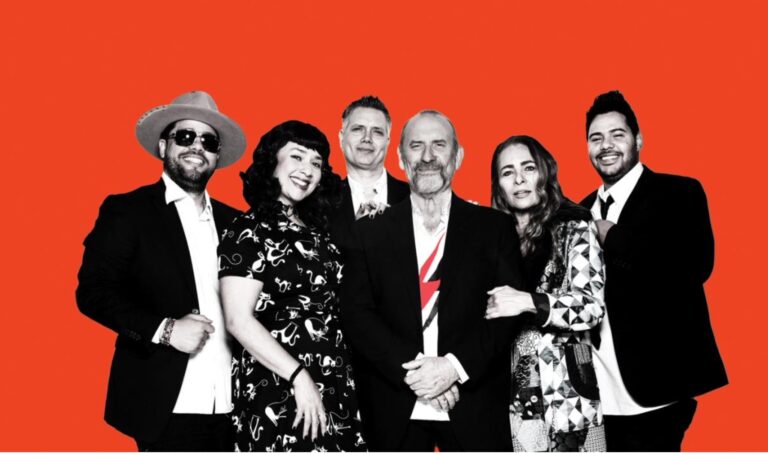

BY JORDAN FERMANIS
On Monday 9 May without much fanfare, the excavation of the Aboriginal heritage site to make way for the CBD and Southeast Light Rail Project at the Randwick Stabling Yard was completed.
The site is well known as being the largest archaeological find of Aboriginal artefacts in the Sydney region, with more than 22 000 items discovered.
The preliminary 2013 Environmental Impact Assessment identified that the construction of a station at Randwick would “most likely” uncover Aboriginal artefacts.
Despite this prior knowledge, Transport NSW was unable to successfully preserve the site in full as the plan to construct the $2.1 billion light rail project along the planned route went ahead.
Senior Archaeologist Jacob Czastka for Tocomwall, one of the four registered Aboriginal advisory parties for the site, says the response from the NSW government has been disappointing.
“They went ahead, the stop work order was refused. And they excavated and destroyed the site. It’s that simple,” he said.
Discoveries of Aboriginal significance in NSW are dealt with by the Office of Environment and Heritage (OEH), Section 9 of the Aboriginal and Torres Strait Islander Heritage Protection Act 1984 and the National Parks and Wildlife Act 1974. This legislation seeks to conserve culturally significant sites for Aboriginal people.
In December 2011 a report commissioned by the Department of Sustainability, Environment, Water, Population and Communities found that destruction of culturally significant Aboriginal heritage sites was common.
“In a number of jurisdictions there is a high rate of issue permits authorising harm and destruction of Aboriginal heritage as a result of development approvals, permits and consents. Only a small number of prosecutions for unauthorised destruction of Indigenous heritage were reported,” the report said.
Jacob Czatska agrees, saying that excavation of the site at Randwick was not surprising and that in his experience, very few sites of Aboriginal cultural significance are protected.
“This is quite common practice. Regardless of what the scientific or cultural values are the end result is usually destruction.
“In 17 years of doing heritage, predominantly Aboriginal heritage in Australia, I’ve never ever heard of a project being canned because of Aboriginal heritage. Regardless of the significance,” he says.
The discovery of Aboriginal artefacts represents one of a number of concerns some groups have for the planned route of the light rail project. Earlier in the year City Hub reported that the removal of significant trees along Anzac Parade had also been completed to make way for the light rail as part of “state significant infrastructure development.”
Jacob Czatska says that Tocomwall will have a meeting with Acciona Infrastructure Australia, who are responsible for building the light rail on the 21 June and intend on inviting Bidjigal elders, traditional custodians of the land where the artefacts were discovered.
“The voices of the traditional owners tend to get buried by people that really don’t have a right to speak about country.”
“There is a perception that people shout ‘sacred sites’ and everything gets preserved. But the reality is very different, you’ve got people that have no rights to their own culture,” Czatska said.









